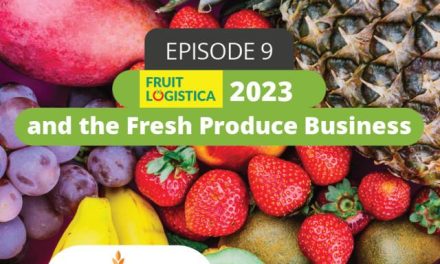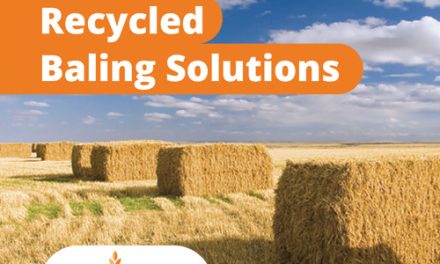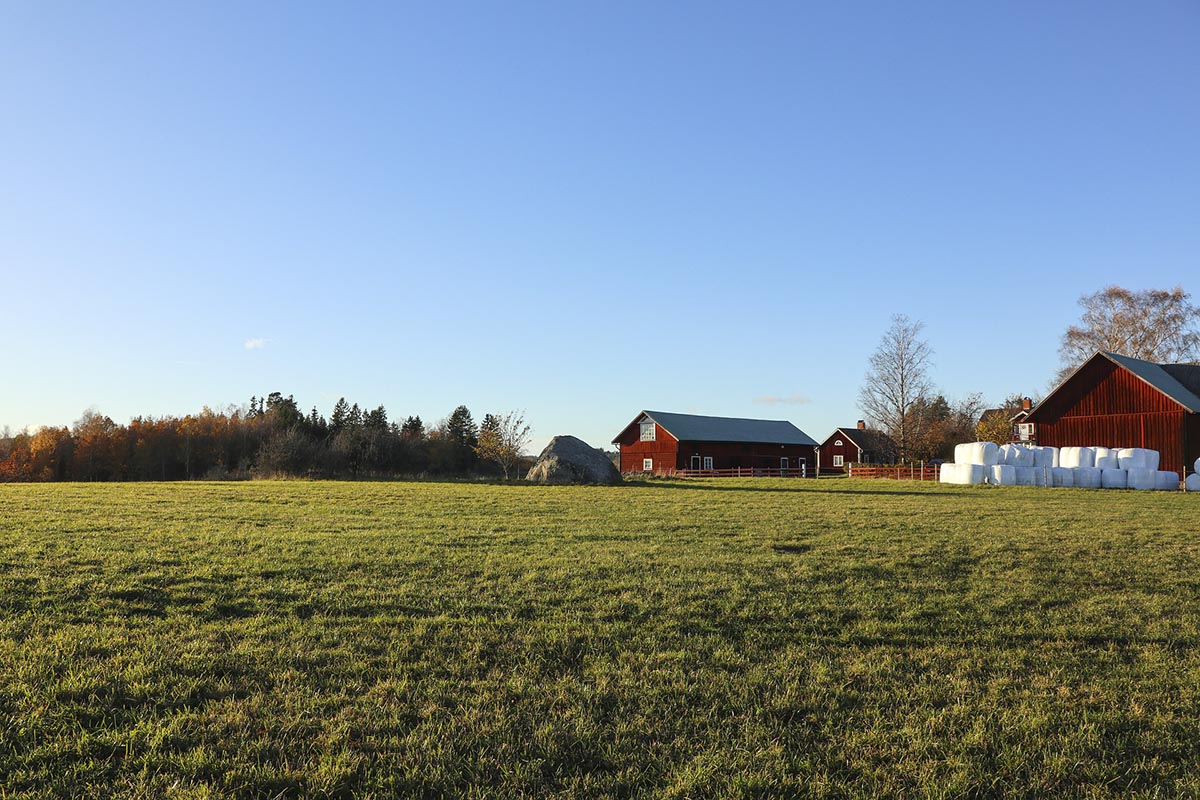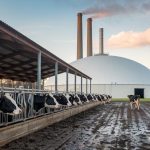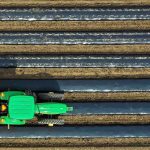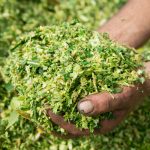
Silage Techniques and its advantages


One of the objectives of agriculture is to obtain and preserve quality fodder to provide the necessary food for farm animals and diverse types of livestock to guarantee the continuity of production throughout the year, especially during periods of scarcity where fresh fodder isn’t available.
To keep food longer and in optimal conditions that increase their nutritional value, agricultural producers use a variety of silage techniques that are quite effective and have been used for decades to guarantee food for livestock. In this article, we mention some of them as well as their advantages.
Currently, several alternatives allow forage to be preserved; however, silage is one of the most important subjects in the agricultural world for various reasons. For example, when fodder is harvested at the right time:
- a higher level of production and quality per area unit can be obtained.
- losses as a result of rain, breathing, or leaves of trees falling, are minimized compared to tedding or fodder.
- farmlands are freed much earlier and can be used again for planting, guaranteeing the availability of food for livestock during a long season where weather conditions often become adverse.
The quality of silage will be directly related to the original quality of the plant material inside the silage and barrier films used, so if there’s poor quality fodder, the same cannot be transformed into more nutritious food.
If you haven’t decided on the material to be placed in silage, it’s necessary to perform the planting procedure in the same way as any commercial crop, following some recommendations: select a good batch, take a sample of the soil, choose the species to be placed in silage, use good quality seeds, use the appropriate planting distances, perform appropriate weed and pest management, apply a good fertilization program based on the soil’s analysis results and harvest the material at its optimum time.
Silage techniques
Today, there’s a great diversity of silos that can be used to store fodder, whether temporary or permanent, as well as horizontal or vertical, and it will depend on the needs and requirements of the farm. For example, you can choose from a wide variety of containers such as metal or plastic drums, concrete “towers” with a diameter of 6.5 feet by 2 6.5 feet in height, as well as bags made from plastic films for commercial packaging with a thickness of approximately 2 mils, such as those used to pack fertilizers.
Usually, large farms use silos with capacities of more than 3531.47 ft³, which are highly mechanized, allowing them to mechanically fill and empty silo bags, which significantly increases time efficiency and minimizes labour costs.
When it comes to small farms with few animals, containers with less capacity are used, up to 52.8 gallons, which can be filled manually and without inconveniences.
Traditional silage
It’s one of the most popular silage techniques, as it consists of creating a pile with the fodder to be stored, placing the fodder on top of a plastic sheet and then covering everything to keep the fodder protected. Usually, certain weights, such as rubber tyres or sand-filled sacks, are placed in strategic places to guarantee that the plastic sheet doesn’t fly off with the wind, leaving the silage exposed. In this case, the plastic films used are those made from polyethene, between 6 and 8 mils in thickness, with colours that can vary between black, black and white, and black and green.
The advantages of black and white films, compared to those that are all black, is that placing the white face facing upwards allows reflecting part of the sun’s rays, preventing the fodder from getting too hot, which would damage the fermentation process. In the case of black and green plastics, they are also a great alternative to reduce the environmental impact on the area where the silage is stored.
Bulk silage with large silo bags
Another popular method of silage storage is to fill large silage bags with the fodder using agricultural machines that compact the contents. Beyond storing fodder, this technique also allows preserving grains and other dry matter to feed farm animals.
These silo bags are typically of two colours, black and white, manufactured from several types of polyethylene with a diameter between 8 and 12 feet and a thickness between 9 and 10 mils. One of the goals of using these bicolour bags is to reduce the internal temperature and increase the quality of the product stored. In this case, sealing will be higher in comparison to traditional silage methods, while exposure of fodder to oxygen will be lower, representing a faster and optimal fermentation process.
This technique favours the use of the silage product adapted to the needs and calendar of the farmer and the herd, preventing that any remaining fodder is exposed to the air until it’s used. Several of the advantages of silage bags over traditional silage is that they are a very easy solution for a quick return on investment as well as it technical effectiveness in animal feed conservation and lesser spoilage, storage flexibility and mobility and overall cost reduction compared to other silage systems.
Silage in bales with stretch films
It consists of an automatic compaction system based on the double rotation of the fodder bale (transverse and longitudinal) that is performed on a rotating platform. The plastic film used to wrap the fodder can be compacted more than 75% to improve the adhesion between the layers. This is a plastic made of polyethene with a thickness of 25 microns that can be found in black, green, and white. In this case, the sealing is higher and the fermentation process inside the bale is perfect, while there’s hardly any loss of carbon dioxide or unnecessary oxygen intake.
Regardless of the silage techniques required at the moment, one essential aspect that cannot be overlooked is that the silage must always be well compacted and kept under anaerobic conditions. Therefore speed of the packaging process is of essence to maintain the nutritional value of the fodder. Other small details are also paramount to an efficient storage and come with experience of the farmers and contractors. For example, when bags are used, farmers must make sure the opening is sealed to guarantee higher safety. Bales should be stacked forming a pyramid, placed on a platform, and protected with a cover if possible. When permanent silos are used, they must be located on surfaces with a hard and impenetrable base, usually legislation requires for cement bunkers or surface to build on.
After the collection and storage of fodder, it’s essential to manage the organic waste resulting from the harvest and selection of foods that will be sold later, either for human or animal consumption. To properly perform the management of the organic waste, and to get further information on the subject we recommend you read our article on silo bags for composting.
If you have any questions regarding silage techniques, don’t hesitate to contact us. You can write to us directly through the contact page, or to any of our experts whose contact information you will also find on this page.


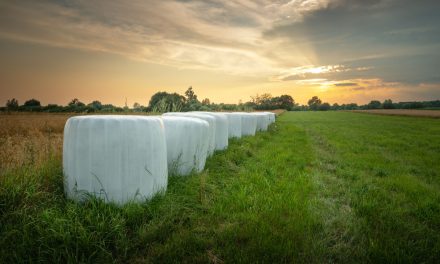
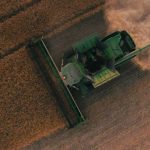

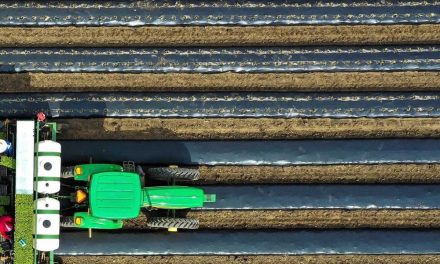



![[eBook Trends in Agriculture Plastics] Increasing use of biodegradable mulch](https://agriplasticscommunity.com/wp-content/uploads/550 × 310_2_ENG-440x264.png)
![[eBook Trends in Agriculture Plastics] Reducing the plastic used in the manufacture of agricultural films](https://agriplasticscommunity.com/wp-content/uploads/550 × 310_1_ENG-440x264.png)






